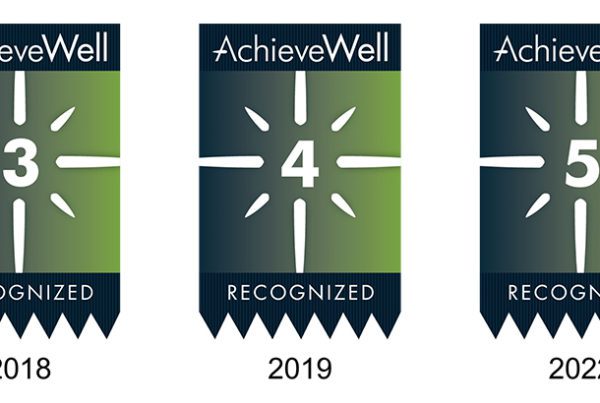
So many have experienced it – the feeling of needing to exercise but not being quite up to it. Often, feeling a little sore or in a little discomfort is enough to make us cancel that workout and head to the couch. But exercise is actually good for you when you are a little sore.
Exercise to help chronic pain
Taking that a step further, exercise can be effective for those who experience chronic pain. Unlike the pain that is the result of an injury or accident, chronic pain is pain that continues for an extended period of time, long after any obvious cause would have healed. This pain can be the result of a nerve injury, an overactive response of the nervous system, arthritis, alignment issues of the neck or back, and unexplained headaches.
Exercise, with the guidance of a medical professional, may help reduce or eliminate chronic pain.
Aerobic exercise is an important part of any workout program.
Walking, biking, and swimming can be good aerobic activities for those with chronic pain. These are low/no impact exercises that will raise the heart rate. Aerobic exercise helps to maintain mobility, an important aspect of health, and can help control body weight. Keeping a healthy body weight can have a positive impact on chronic pain.
Strength training and stretching are also good for those who suffer from chronic pain.
Lifting light hand weights for more repetitions is generally recommended rather than attempting to lift heavier weights. Don’t hold your breath when lifting weights, as that can cause your heart rate to go up. Strengthening your muscles is good for you, improving your metabolism, helping you carry out day to day activities, and making you feel good about yourself. Stretching is essential for flexibility and helps to avoid injury.
For anyone with chronic pain, it’s important to plan your exercise program with your doctor. Start slow and give your body a chance to adjust to new movements and challenges. Exercise is important for your body and can help reduce depression and anxiety, common among those diagnosed with chronic pain. Make an appointment to discuss how exercise can help you manage chronic pain.





